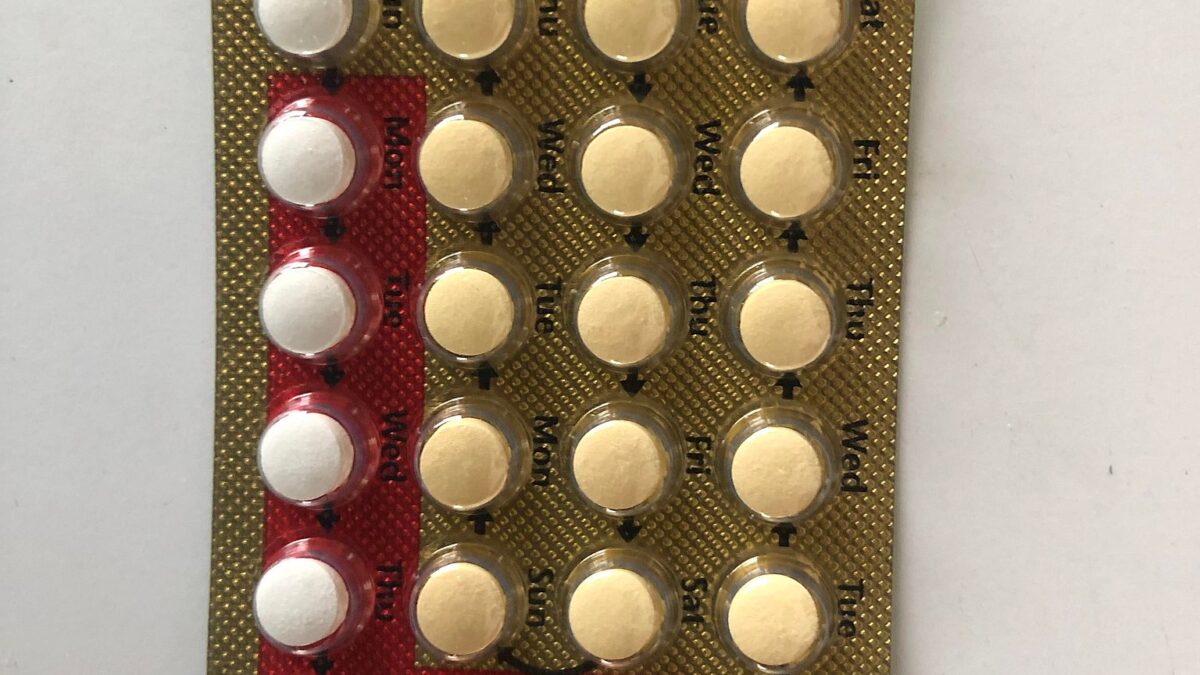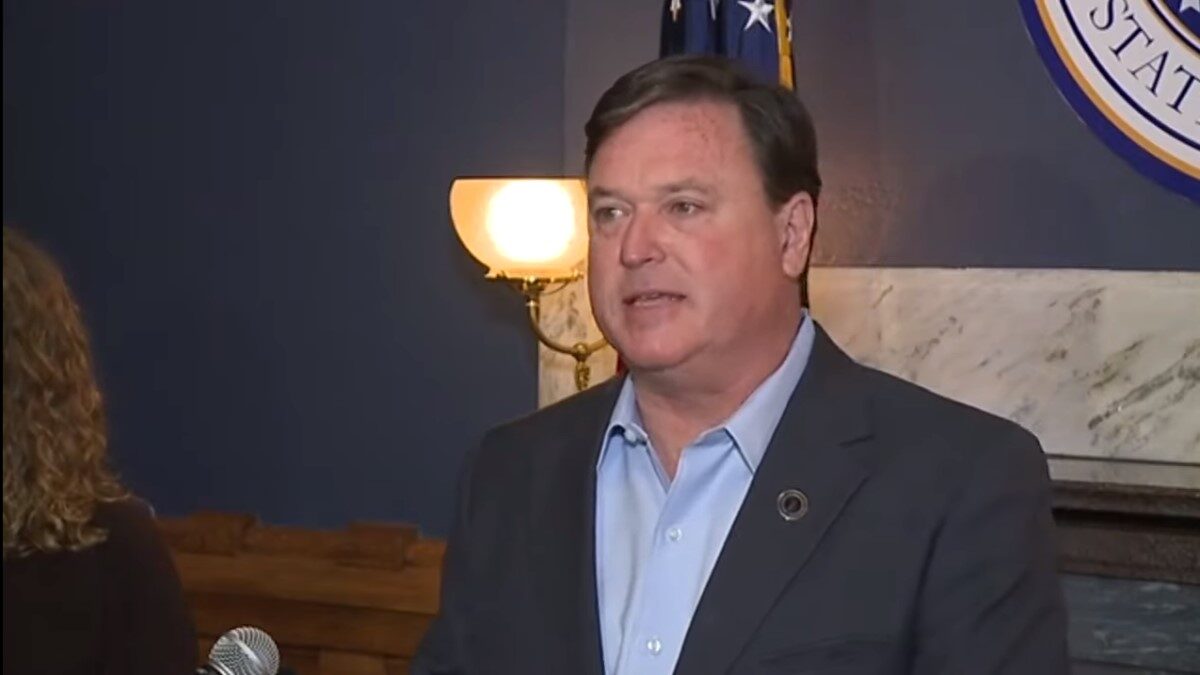While suicides fell by 5 percent last year, rates of anxiety and depression surged, as did the number of overdose deaths throughout the coronavirus pandemic, which has spurred endless lockdowns and upended modern life for months on end.
According to provisional mortality data from the Centers for Disease Control (CDC) National Center for Health Statistics published in March, suicides fell from more than 47,500 in 2019 to less than 45,000 in 2020 beating out bleak predictions cast by alarming spikes in anxiety, depression, and suicidal ideation.
In August, one in four young adults aged 18-24 reported seriously contemplating suicide within the prior 30 days, according to data from the CDC. Sixteen percent of those aged 25-44 reported the same.
Jacob Rich, a health and drug policy researcher at the Reason Foundation cautioned however, such surveys “rarely correlate with actual suicide rates” at scale.
“Every individual cry for help needs to be taken seriously,” Rich said, “but increases in reports of anxiety, depression, and suicidal thoughts across the country haven’t historically implied that suicide rates have actually increased.”
The national suicide hotline is 1-800-273-8255. More resources are here.
Meanwhile, the decline in suicides is significant as in 2019, the CDC reported suicide was the 10th leading cause of death among all age groups, 2nd among those between the ages of 10 to 34. Last year marks the second straight year of decreased suicides after more than a decade of rising numbers.
While suicides are on the decline, a mental health crisis that pre-dated the coronavirus pandemic is by no means abated despite the downward trend in deaths. On the contrary, rates of anxiety and depression are still soaring while overdose deaths reached a new single-year peak amid the opioid epidemic at more than 87,000 in 2020.
“We definitely saw an increase in mental health issues,” said Allysen Efferson, a therapist in east Tennessee, who said this growth could have been driven overdoses as struggling individuals stayed home and self-medicated their illness. “We also know drugs are a way people manage mental health, so that could be a reason why we saw that.”
Efferson warned however, overdoses are tricky to examine, because it’s often unclear exactly why they happened.
“That’s why they’re called ‘deaths of despair,'” she added, “because something went wrong.”
According to Mental Health America’s annual report released in March, screenings for anxiety and depression have are rising with numbers remaining higher than pre-COVID. More than 315,000 people took the anxiety screen, constituting a 93 percent increase from 2019, while more than 530,000 were screened for depression, a 62 percent increase. Staggering numbers of those who took the online examinations were found with moderate to severe symptoms in September, with more than 8 in 10 suffering from symptoms of anxiety in September, and 8 in 10 suffering with symptoms of depression since the start of the pandemic in March 2020.
Young people, the report noted, have suffered the most with regards to their mental health, particularly those among the ages of 11-17.
“The proportion of youth ages 11-17 who accessed screening was 9 percent higher than the average in 2019,” the authors wrote. This age group is also most likely to be found with moderate to severe symptoms of anxiety and depression. Efferson said as more data emerges, experts will want to pay close attention to disturbing trends among teenagers and young kids, who have been hit by the pandemic in particularly brutal fashion.
Seemingly indefinite school closures, despite billions of dollars passed in repeat spending bills, appear at least in large part to blame. An entire generation faces the consequences of a year of lost development, isolated from their peers without extracurriculars while forced to learn in remote online classrooms. Faced with a surge in student suicides, one Nevada school district re-opened after months of closure, reasoning that the need to reckon with their mental health crises was more important than the risks associated with COVID-19.
Seventy percent of all who were screened for anxiety and depression with Mental Health America blamed loneliness and isolation. Yet, at the behest of National Institutes of Health Director Dr. Anthony Fauci, politicians are keeping restrictions in place in many parts of the country. In states that have begun to re-open, private enterprises continue to enforce policies such as social distancing and mask-wearing despite status of immunity, again under Fauci’s direction.
Overdoses on the rise show no signs of subsiding either, as the influx of migrants across the southern border traffic narcotics into a country hooked on drugs being used as recreational painkillers.
Alarming:
January-March 2021 vs January-March 2020.
The seizure of fentanyl at our southwestern border by CBP has increased by 233%. pic.twitter.com/rVxx0zZxV8
— Mark Bednar (@MarkBednar) April 14, 2021
Yet, the border surge continues under an apathetic White House instead opting to house migrants in luxury hotels at taxpayer expense.









